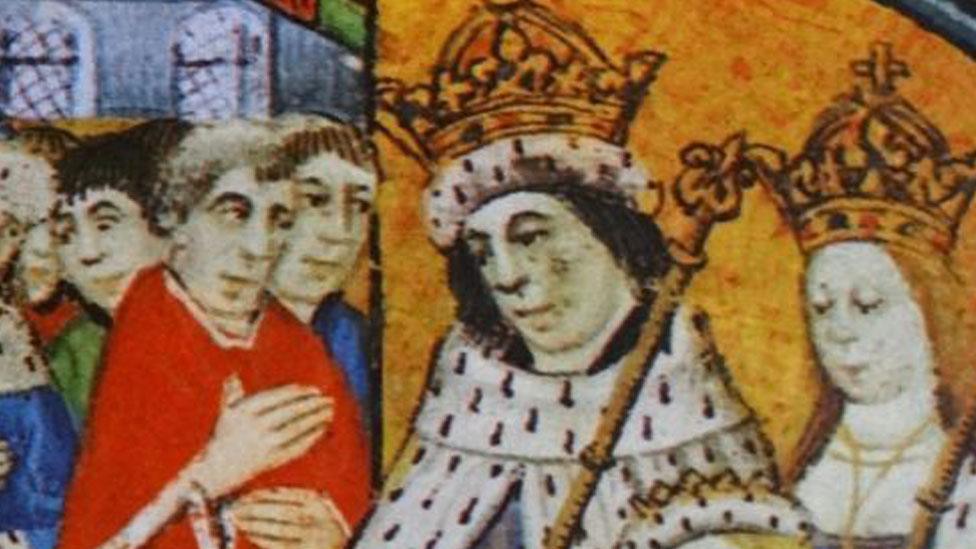Thomas Becket trial castle stone found in car park
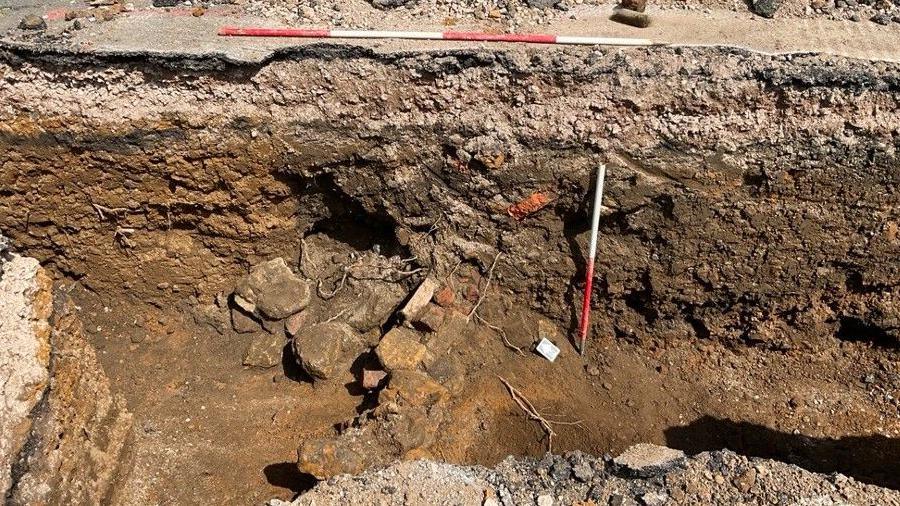
The ironstone, which is believed to have been quarried locally, was found under Chalk Lane car park
- Published
Pieces of ironstone which may have been part of Northampton Castle, where Thomas Becket was tried, have been found in a car park.
The objects were uncovered in Northampton's Chalk Lane Car Park, which is being turned into a heritage park.
Thomas Becket, who was Archbishop of Canterbury, was put on trial for contempt of royal authority at the castle in 1164.
He was assassinated in Canterbury Cathedral in 1170, but historians have long debated whether this was on the orders of King Henry II.
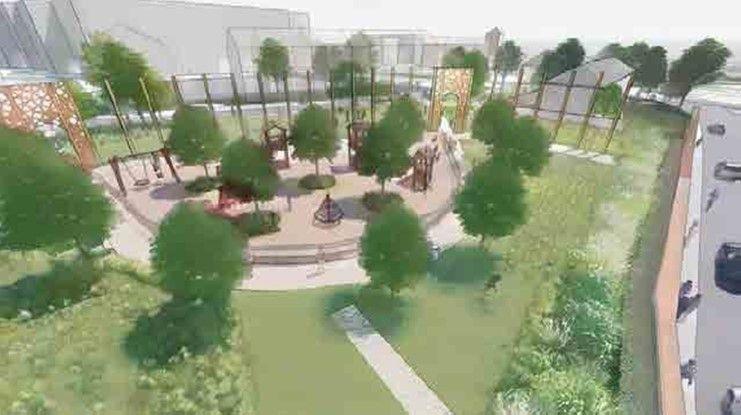
The council said the heritage park would have new pathways, a playground, heritage timeline poles, and a community garden
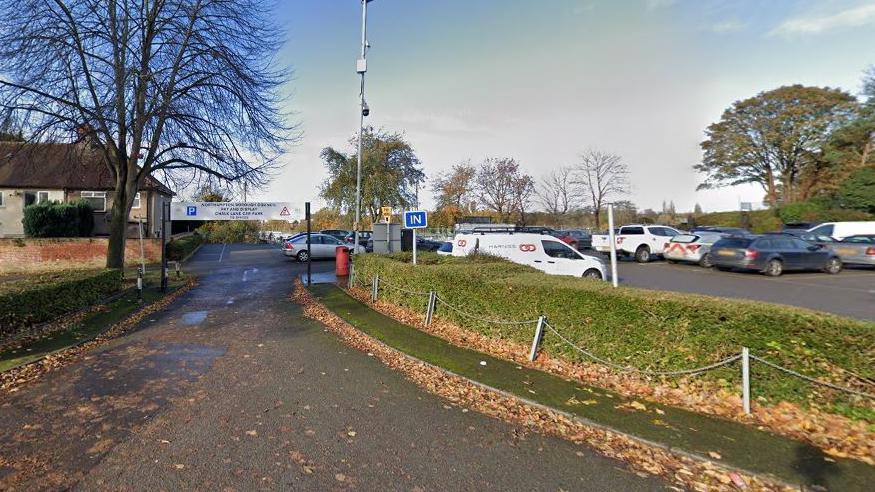
The heritage park will be created on the site of Chalk Lane car park
Building work started on Northampton Castle in 1084 under the supervision of the Earl of Northampton, Simon de Senlis.
It was a stronghold of the barons during their war against King John, who gave it to one of his loyal soldiers after claiming victory.
It features heavily in Shakespeare's play, King John.
King Charles II ordered it to be rendered useless as a defensive castle after it was used by the parliamentarians in the English Civil War.
What was left of the structure was destroyed to make way for a railway line into Northampton.
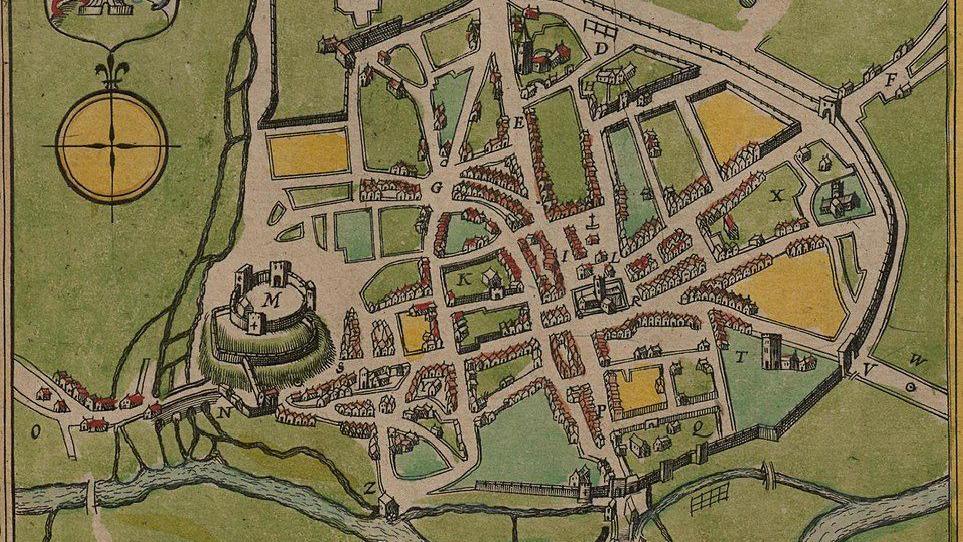
John Speed's 1610 map of Northampton showing the castle on the left
The ironstone was found during excavations by the Museum of London Archaeology, external (MOLA) in preparation for heritage timeline poles being installed at the site.
It was mixed with brick and modern pottery and located next to the trenches dug by archaeologists in the 1960s.
This suggests it is the remains of rubble removed by archaeologists during the previous excavations, more than 50 years ago.
The archaeologists also uncovered remains of a post-medieval wall belonging to a house built in the area while the castle ruins still stood.

The archaeologists believe the ironstone was quarried locally
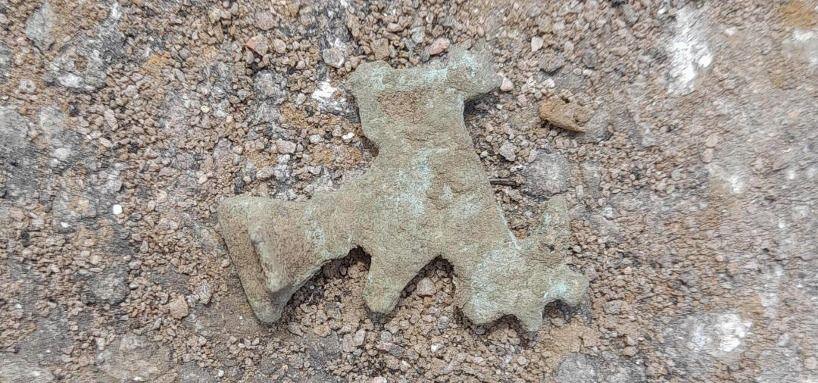
Some bricks and modern pottery were found among the ironstone
Dan Lister, cabinet member for local economy at Conservative-controlled West Northamptonshire Council, said: “The council has long held ambitions to redevelop this area of the town to create a heritage park.
"It is great to be working with experts at MOLA to uncover the fascinating history in this part of our town."
Simon Markus, a project manager at MOLA, said: “As someone born and raised in Northampton, having the chance to excavate around such an important part of the town’s history is incredible.
"Seeing how the area developed over the centuries gives a greater understanding of the town’s past and the people who lived here.”
Get in touch
Do you have a story suggestion for Northamptonshire?
Follow Northamptonshire news on BBC Sounds, Facebook, external, Instagram, external and X, external.
Related topics
- Published9 July 2024

- Published16 May 2024
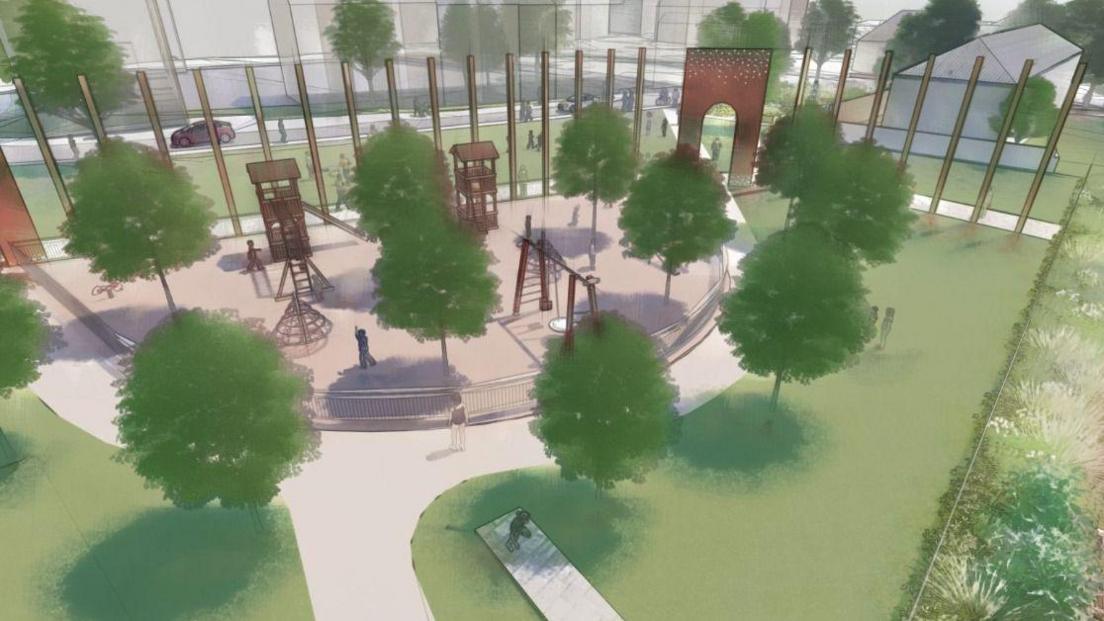
- Published27 December 2023
